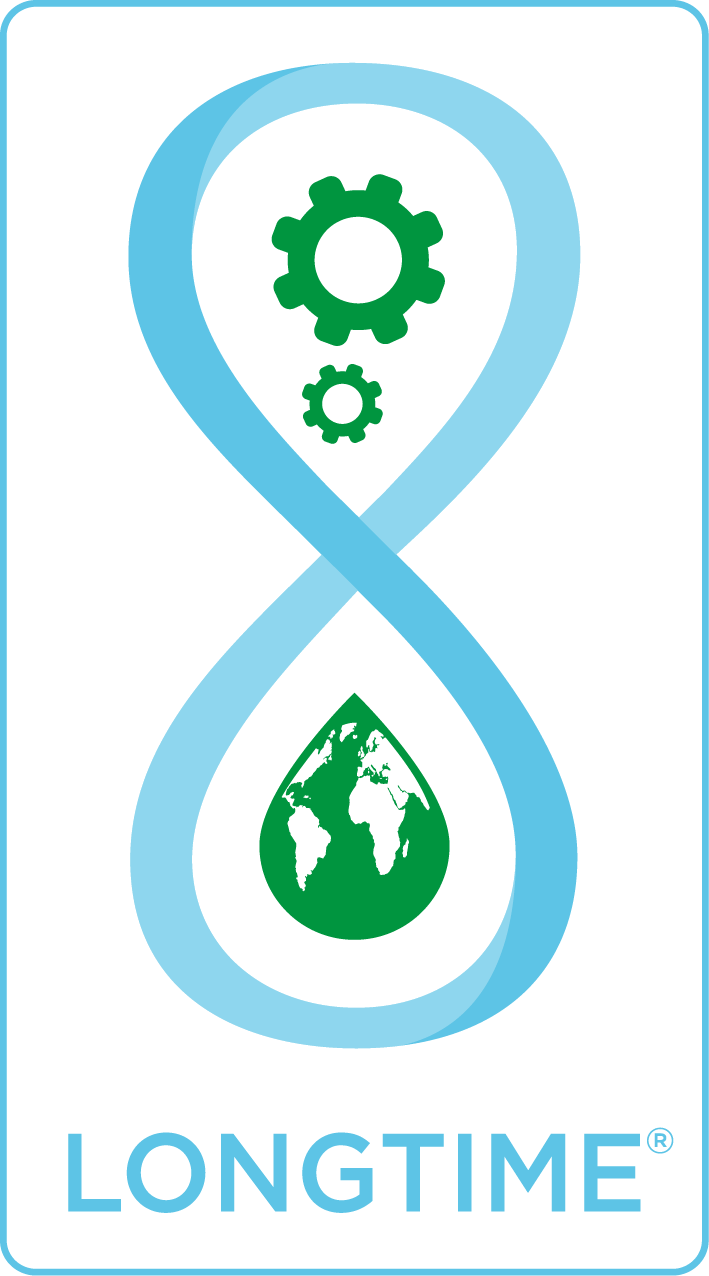assessing durability
How do you assess the durability of your products? What role does durability play in your organisation? What is durability? To clarify these concepts, here are some answers.
Durability is a system that makes growth and economic development compatible with ecological transition. The challenge is to protect our ecosystem by preserving the earth and its natural environment. Ultimately, our management of resources, our consumption of electricity and our use of manufactured products must become more reasonable and more responsible.
We regularly see the impact of a linear production model and its limits in terms of pollution and carbon emissions. For the generations to come, the objectives are clear: to anchor ourselves in a policy of durability and pivot towards the circular economy. Consumer society as a whole – citizens, politicians, businesses, manufacturers – must make commitments and take action to strike a balance between our need to produce and our ability to make our world durable. There are many solutions, to give just a few examples: renewable energies, regulatory measures (reparability index), investment criteria with an ecological index, quality labels, environmental rating processes, systems for improving the lifespan of products (repairs, spare parts), etc.
What is the durability of an object?
The durability of an object or product is characterised by its ability to function as intended and under defined conditions of use, maintenance and repair, until the maximum service life of the product is reached.
In detail, durability can only be understood and assessed by respecting a few obvious principles. Compliance with the product’s intended conditions of use and maintenance is essential, and failure to do so will have a huge impact on the product’s durability. For example, if you use a watch that is not waterproof for swimming in the ocean, the watch’s lifespan will be severely limited.

What are the challenges of durability?
The challenges of durability are ecological, economic and social.
Ecological in the rational use of extracted resources and processed materials, but also in the reduction of premature waste and its impact on the planet.
Economic and social: durability contributes to the circular economy and the creation of sectors and jobs with low relocation costs and high environmental value.
What are the main pillars of durability?
The major components of durability are reliability, reparability and technical support. These are the 3 pillars of the LONGTIME® label specifications.
A failure in one of these pillars can severely shorten the lifespan of the product in question.
Any doubts? Here are a few examples:
- You buy a hoover with a reputation for robustness, but the brand either doesn’t sell any spare parts or sells them at prohibitive prices. The first time it breaks down and you need to buy a part, the product will be consigned to the bin.Vous achetez un aspirateur réputé pour sa robustesse, mais la marque ne vend aucune pièce détachée ou à des prix prohibitifs. À la première panne nécessitant l’achat d’une pièce, le produit sera bon pour la poubelle.
- You buy a high-pressure cleaner from a brand renowned for the repairability of its products. Problem is, the reliability isn’t up to scratch and the product keeps breaking down. Chances are that after the 3rd or 4th breakdown you’ll want to replace your product.
- Finally, you’re buying a reliable steam generator that can be repaired using readily available spare parts. The problem is that the instructions for use and maintenance are poorly defined, and the manufacturer provides no technical support for its repair network. This lack of information will also affect the lifespan of your product.
How do you assess durability?

Assessing durability in the sense of lifespan is complex. The durability of a product can be estimated, measured and quantified using various tools. There are methods for assessing and analysing all the parameters that can influence product lifespan. These general methods generally use tools linked to design and quality, such as functional analysis, fault tree analysis, stress analysis, reliability analysis and durability analysis. These tools are rounded out by a range of tests based on these methods.
At the same time, durability can be monitored and assessed over the entire lifespan of a product and the entire existence of the company that manufactures it. Numerous indicators can be used to track a product’s durability at each stage of its life cycle.
